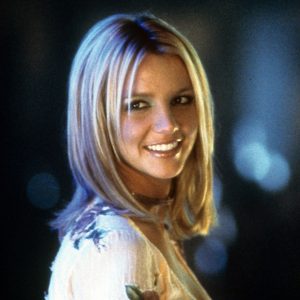The Growing Concern of Bird Flu in America’s Dairy Industry
The United States is facing a critical challenge in its efforts to monitor and contain the spread of bird flu, particularly in its dairy industry. While the U.S. Department of Agriculture (USDA) implemented a voluntary milk-testing program in December 2023 to detect avian influenza in cattle, three of the nation’s top milk-producing states—Texas, Wisconsin, and Idaho—have not joined the initiative. This gap in surveillance has raised alarms among public health and animal health experts, who emphasize the importance of comprehensive testing to prevent the virus from spreading undetected. The recent discovery of a new bird flu variant in cattle has further underscored the urgency of the situation, as the virus continues to evolve and potentially pose risks to both animals and humans.
The Voluntary Milk-Testing Program and Its Importance
The USDA’s milk-testing program was launched in response to the detection of bird flu in cattle in March 2024, marking a concerning milestone in the ongoing avian influenza outbreak that began in 2022. The program involves testing raw milk samples from dairy farms to identify cases of the virus early, allowing for quick intervention to contain outbreaks. While pasteurization eliminates the virus in milk, making it safe for consumption, the testing is crucial for monitoring the spread of the virus and understanding its evolution. Experts argue that without broader participation, especially from major dairy-producing states, the program’s effectiveness is limited. Dr. Richard Webby, an influenza expert at St. Jude Children’s Research Hospital, highlights that milk testing is a vital tool for tracking changes in the virus that could increase its transmissibility to humans.
The Troubling Absence of Key States and Their Reasons
Despite the program’s importance, Texas, Wisconsin, and Idaho—three of the country’s top five milk-producing states—have opted out of the voluntary testing initiative. Texas, for instance, has a history of bird flu cases, including the first known infection in cattle and a recent case in December 2023. However, the state’s Agriculture Commissioner, Sid Miller, has downplayed the need for surveillance testing, arguing that it would impose unnecessary costs and regulations. Similarly, Idaho has not joined the program, and while Wisconsin has expressed interest in participating, it has yet to enroll. The USDA has made progress in recent months, with nearly 40 states now on board, but the absence of these key dairy-producing states leaves critical gaps in national surveillance efforts.
A New Variant and the Need for Vigilance
The stakes for robust surveillance were heightened recently when the USDA detected a new strain of bird flu in Nevada through the milk-testing program. This discovery highlights the program’s effectiveness in identifying emerging variants that could pose heightened risks to both animals and humans. Since the beginning of 2024, at least 68 people in the U.S. have been infected with bird flu, and one person has died, often following close contact with infected animals. While the risk to humans remains low, experts warn that complacency could have serious consequences. Dr. Kay Russo, a Colorado veterinarian, stresses that early detection is critical for protecting both dairy herds and farmworkers, who are often exposed to raw milk and infected animals.
State Efforts and the Path Forward
Efforts are underway to encourage reluctant states to join the USDA’s testing program. Texas, for example, is working with federal officials through its Animal Health Commission to develop a surveillance strategy, though the timeline for implementation remains unclear. Wisconsin has also expressed its intention to participate, citing ongoing collaboration with state and federal partners to monitor bird flu developments. Meanwhile, Colorado has set a high standard for surveillance, requiring weekly milk testing for dairy farms—a measure that has helped detect cases before symptoms appear in cattle. The state’s aggressive approach has proven effective in containing outbreaks and reassuring the dairy industry.
The Future of Bird Flu Surveillance in America
As bird flu continues to evolve, the need for a robust, nationwide surveillance system becomes increasingly evident. The USDA aims to enroll all 48 continental states in its milk-testing program, but achieving this goal will require overcoming resistance from states like Texas, Wisconsin, and Idaho. Experts like Dr. K. Fred Gingrich II, executive director of the American Association of Bovine Practitioners, emphasize that comprehensive testing is essential for controlling the spread of the virus and preventing future outbreaks. Without full participation, the U.S. risks allowing the virus to spread undetected, potentially threatening both animal and human health. The discovery of new variants, such as the one found in Nevada, serves as a stark reminder of the importance of vigilance and collaboration in addressing this growing public health challenge.












